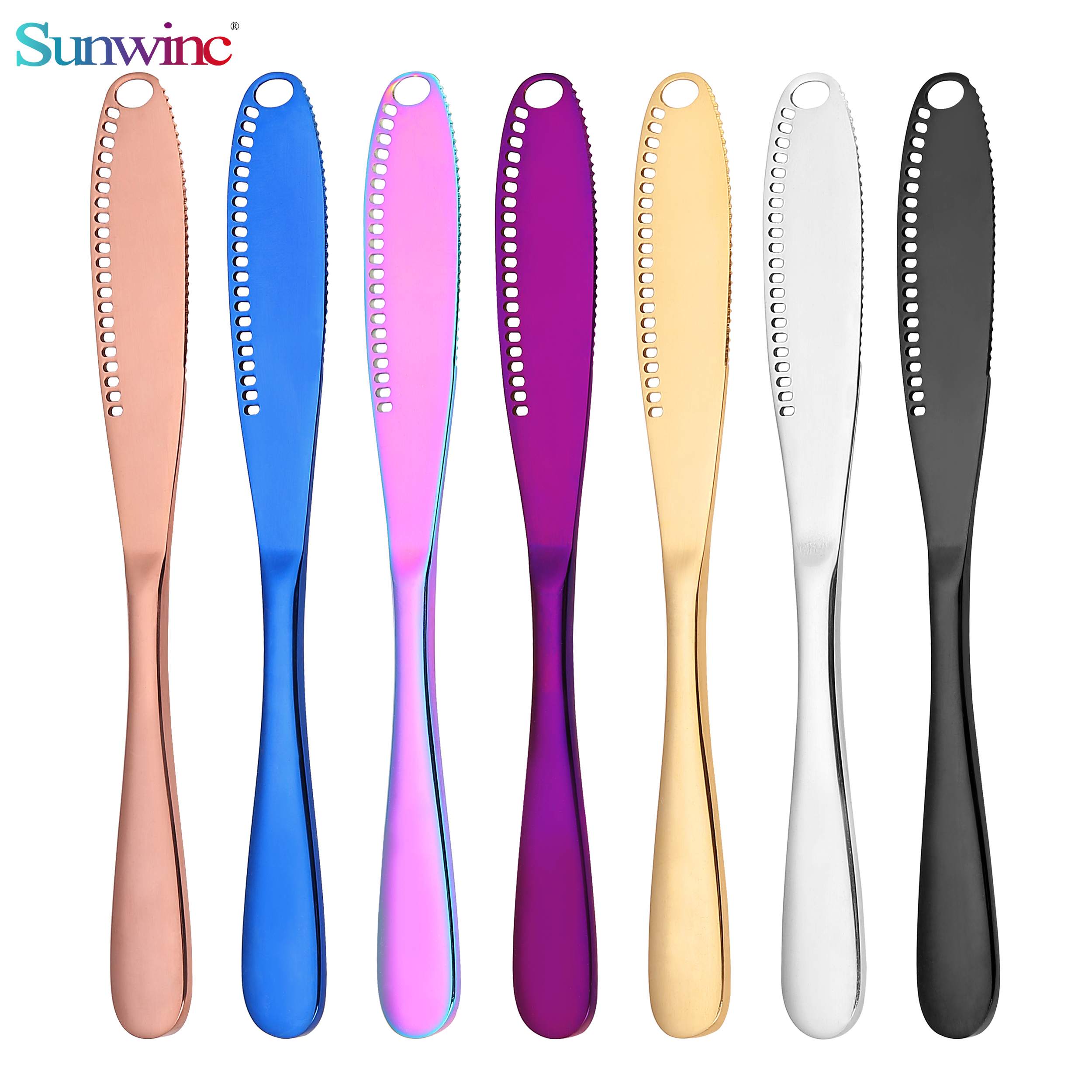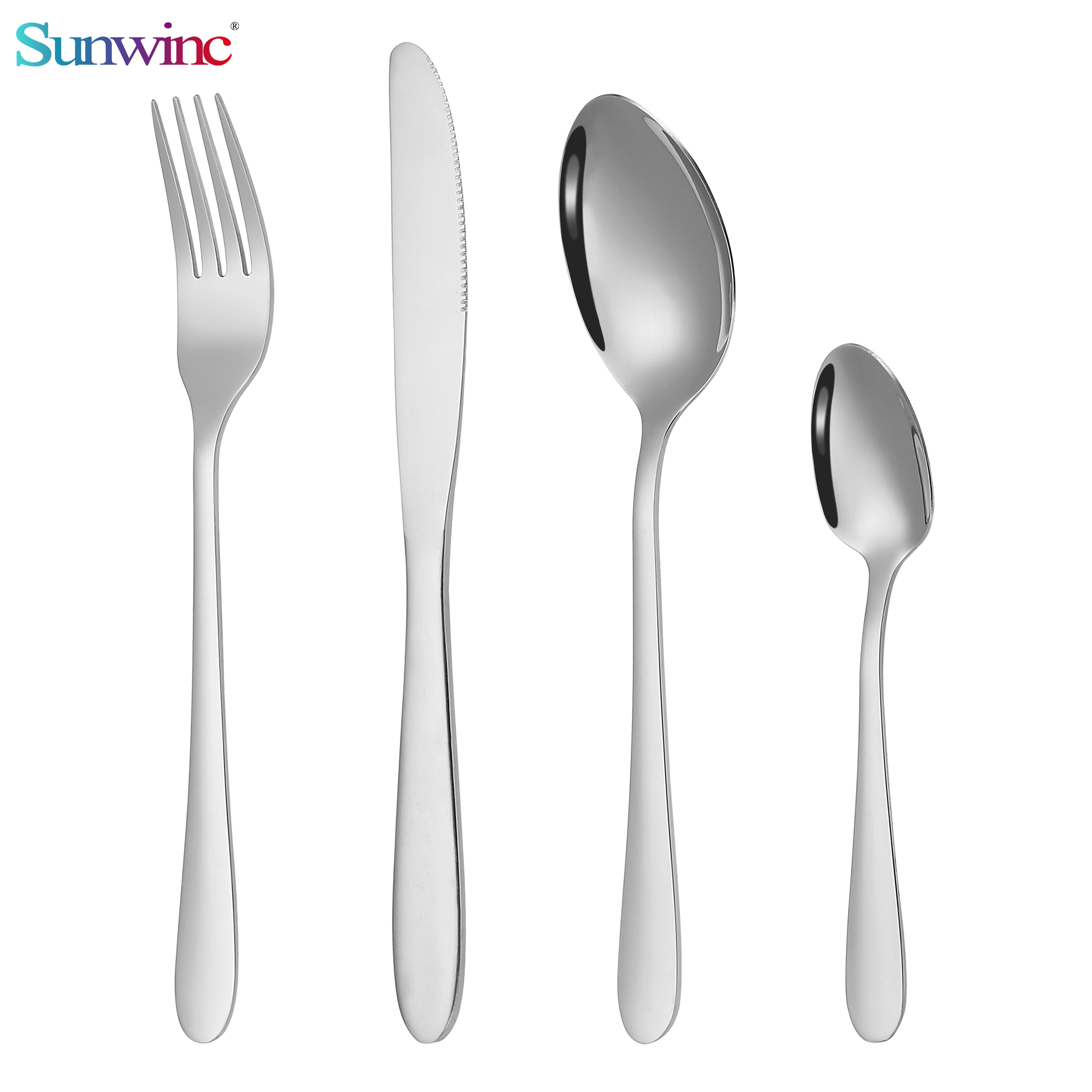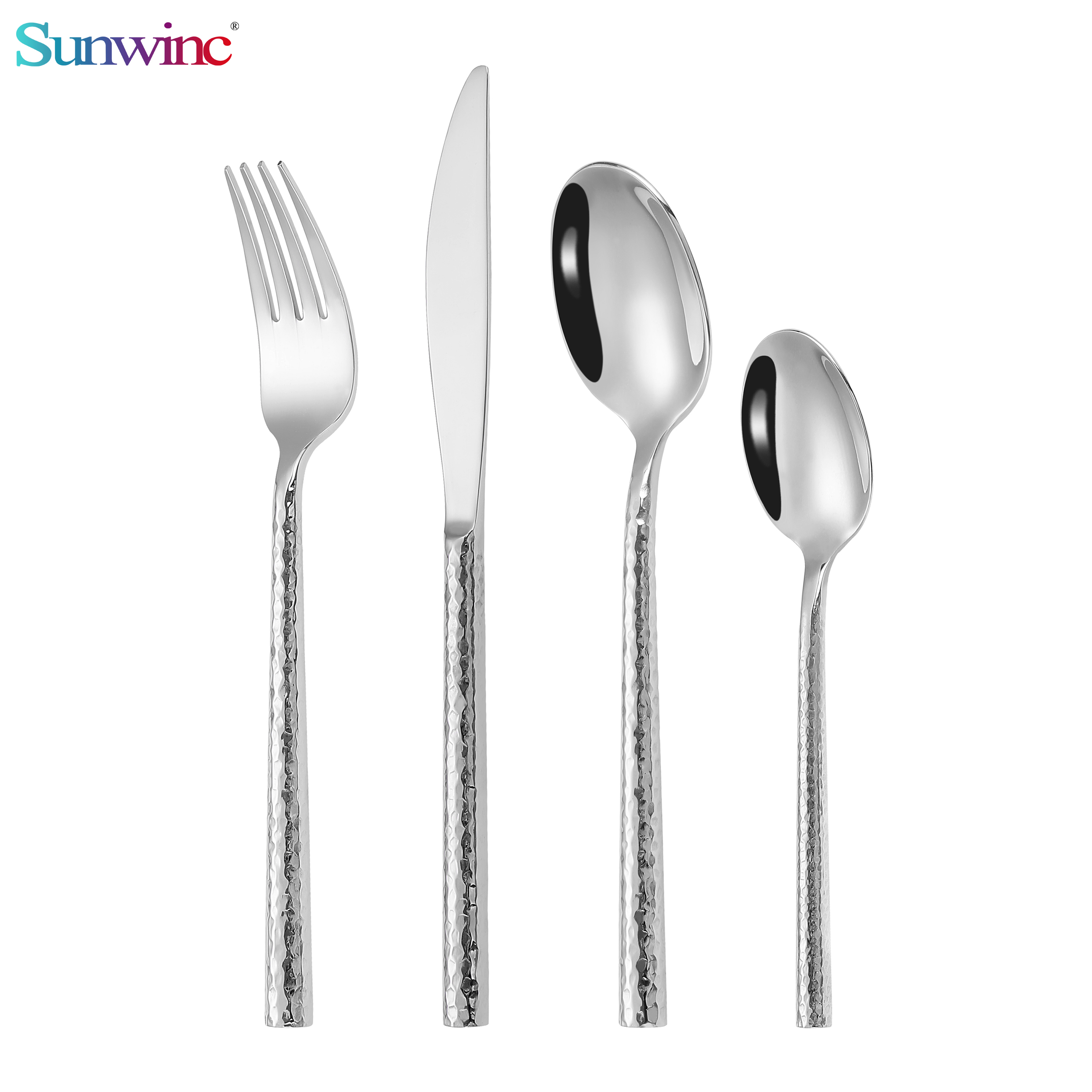Abstract
When determining a set of flatware’s quality, you’ll want to look at the chromium and nickel percentages, the latter of which adds luster and provides resistance to corrosion. Stainless steel flatware sets are labeled with one of three ratios indicating the amount of chromium and nickel: 18/10, 18/8, or 18/0. In this blog post, we will delve into how to identify high-quality flatware, what materials to look for, and why these factors matter for your dining experience.
Table of Contents
- Introduction
- Understanding Stainless Steel Composition
- 2.1 The Importance of Chromium
- 2.2 The Role of Nickel
- Flatware Ratios Explained
- 3.1 What Does 18/10 Mean?
- 3.2 Understanding 18/8 and 18/0
- Other Indicators of Quality Flatware
- 4.1 Weight and Balance
- 4.2 Finish and Design
- Care and Maintenance
- Where to Buy Quality Flatware
- Conclusion
1. Introduction
Flatware plays a crucial role in our dining experiences, not just in functionality but also in aesthetics. With so many options available in the market, how can you determine if a flatware set is of good quality? The answer lies in understanding the materials used, the manufacturing process, and the specifics of stainless steel composition. In this article, we will explore what to look for to ensure that you choose a durable and attractive flatware set for your home.

2. Understanding Stainless Steel Composition
2.1 The Importance of Chromium
Stainless steel is renowned for its resistance to rust and corrosion, and this quality primarily comes from chromium. When assessing flatware, look for a composition that includes a high percentage of chromium, as this element forms a protective layer on the surface of the steel, preventing oxidation.
- Minimum Chromium Content: A good quality stainless steel flatware set typically contains at least 10.5% chromium. The more chromium present, the better the corrosion resistance.
2.2 The Role of Nickel
Nickel is another critical component in stainless steel flatware. It enhances the luster and contributes to the alloy’s overall durability.
- Benefits of Nickel: Flatware with higher nickel content is less prone to tarnishing, maintaining its shiny appearance over time. Additionally, nickel provides a level of flexibility to the metal, making it less likely to crack or break.
3. Flatware Ratios Explained
Flatware sets are commonly labeled with a ratio that indicates the percentage of chromium and nickel used in the steel. The most common ratios you will encounter are:
3.1 What Does 18/10 Mean?
- 18/10 Stainless Steel: This means the flatware contains 18% chromium and 10% nickel. This is considered the gold standard for stainless steel flatware. The high nickel content not only improves corrosion resistance but also gives the flatware a brilliant shine, making it ideal for both everyday use and special occasions.
3.2 Understanding 18/8 and 18/0
- 18/0 Stainless Steel: This composition includes 18% chromium and no nickel. While it is more affordable, it lacks the luster and corrosion resistance found in 18/10 and 18/8 stainless steel. Consequently, 18/0 flatware is more prone to tarnishing and may not stand up to the same level of wear and tear over time. It’s best suited for casual or temporary use, rather than formal dining.

4. Other Indicators of Quality Flatware
While the chromium and nickel percentages are essential in determining the quality of flatware, there are additional factors to consider:
4.1 Weight and Balance
-
Heft: Good quality flatware typically has a certain heft to it. When you hold a piece, it should feel substantial, not flimsy. Heavier flatware often indicates a thicker gauge of stainless steel, which is more durable and resistant to bending.
-
Balance: Quality flatware should be well-balanced. If a fork or spoon feels awkward or top-heavy, it may not be constructed well. A well-balanced piece enhances the dining experience, making it comfortable to use.
4.2 Finish and Design
-
Polish and Shine: Examine the finish of the flatware. High-quality pieces will have a smooth, polished surface that reflects light beautifully. Look for uniformity in the finish, as inconsistencies can indicate a lack of attention to detail during manufacturing.
-
Design Elements: Quality flatware often features thoughtful design elements, such as ergonomic handles and elegant contours. Aesthetics matter, so choose a design that complements your table setting, whether it’s modern, traditional, or something in between.
5. Care and Maintenance
The longevity of your flatware also depends on how well you care for it. Here are some tips to maintain its quality:
-
Hand Washing: Whenever possible, hand wash your flatware using mild soap and warm water. Avoid using abrasive sponges that can scratch the surface.
-
Dishwasher Precautions: If you choose to use a dishwasher, place your flatware on the top rack and avoid using high heat settings. Use a gentle cycle and ensure that your flatware is separated from other utensils to prevent scratching.
-
Avoiding Harsh Chemicals: Stay away from bleach and strong detergents, as these can damage the finish. Stick to gentle dish soaps instead.
-
Drying: After washing, dry your flatware immediately with a soft cloth to prevent water spots and maintain its shine.

6. Where to Buy Quality Flatware
When it comes to purchasing flatware, consider the following tips to ensure you make a wise investment:
-
Reputable Retailers: Shop at well-known kitchenware stores or reputable online retailers that specialize in quality home goods. Brands with good customer reviews and warranties typically provide a better product.
-
In-Person Inspection: If possible, inspect flatware in person before purchasing. Hold the pieces to feel their weight and balance, and closely examine the finish.
-
Brand Research: Investigate brands known for their quality flatware. Look for those that offer warranties or guarantees, as this indicates confidence in their products.
7. Conclusion
Choosing high-quality flatware can significantly enhance your dining experience, making meals feel more special and enjoyable. By paying attention to the composition of the stainless steel, particularly the chromium and nickel ratios, you can ensure that you’re selecting durable and aesthetically pleasing utensils.
In addition to material composition, consider factors such as weight, balance, finish, and design to determine the quality of flatware. Proper care and maintenance will further prolong the life of your flatware set, ensuring that it remains a staple in your home for years to come.
By investing in good quality flatware, you not only elevate your dining experience but also make a long-term investment in kitchenware that can withstand the test of time. Whether you’re hosting a formal dinner party or enjoying a casual family meal, the right flatware can make all the difference.









